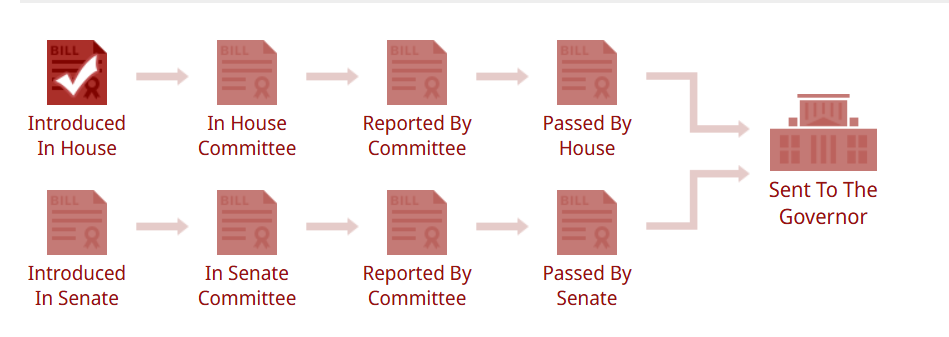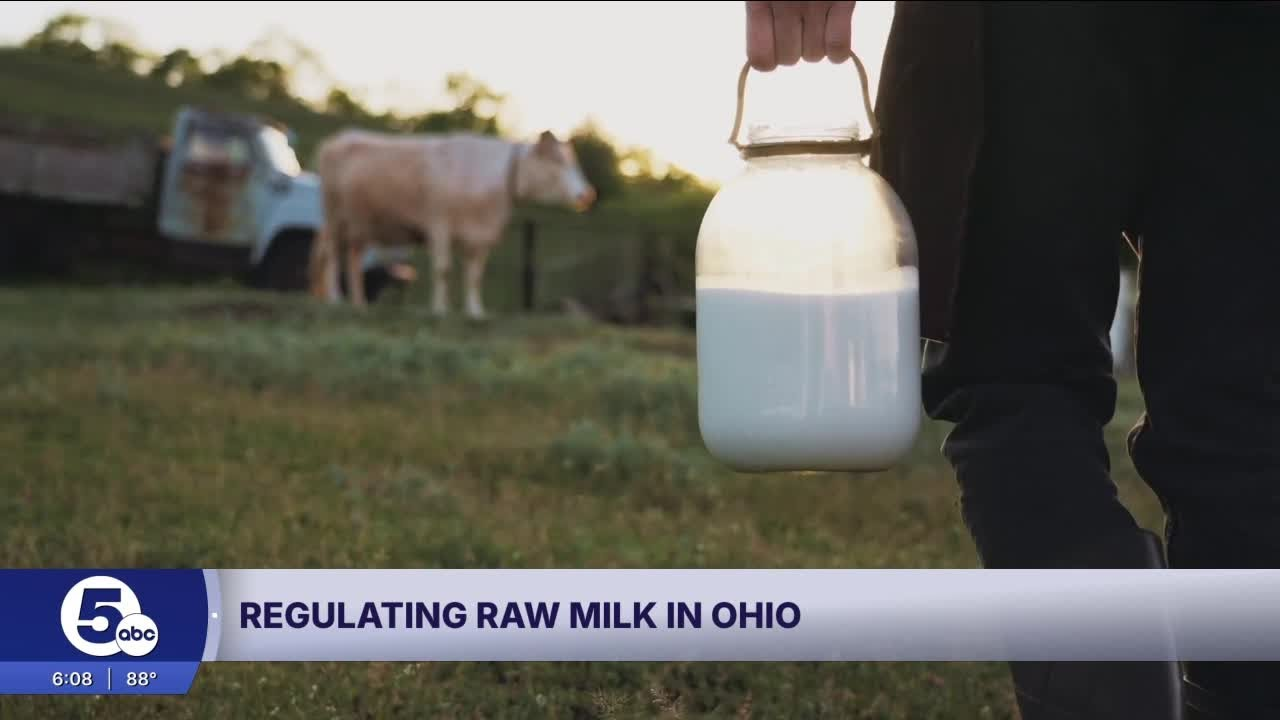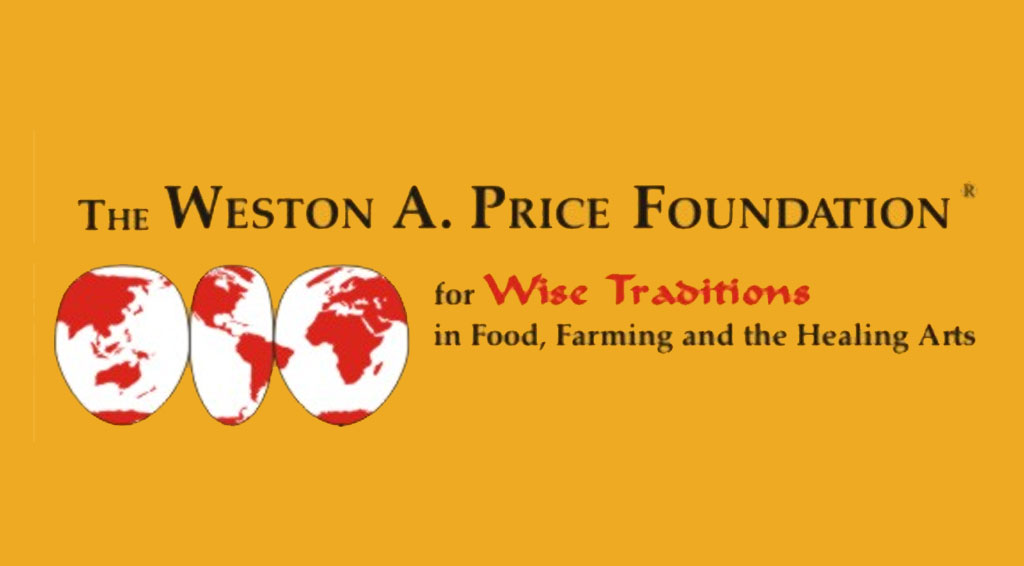Since 1965, Ohioans have lived under a raw milk prohibition written not as a health advisory but as a legislative trap. The Ohio Revised Code §917.04 froze retail licenses on October 31, 1965 — meaning no new dairyman could ever enter the market. When the last pre-’65 license holders shut their doors, the ban became airtight.
Today, House Bill 406 is the first real attempt in six decades to pry it open.
A Frozen Statute, A Buried Tradition
Raw milk wasn’t always contraband. In the first half of the 20th century, Ohioans bought it daily — on farms, in towns, out of tin cans and glass bottles. Families prized it for freshness and nutrition.
Then came the hammer blow: the 1965 statute. It didn’t just require pasteurization. It grandfathered in existing sellers and barred everyone else.

“No raw milk retailer shall sell, offer for sale, or expose for sale raw milk to the ultimate consumer except a raw milk retailer who, prior to October 31, 1965, was engaged continuously in the business of selling or offering for sale raw milk…”
– Ohio’s Section 917.04 | Sales of and labeling for raw milk.
The law never updated. Enforcement hardened. Ohio became a national cautionary tale: a dairy state that criminalized its own tradition.
Cartel Protection Masquerading as Safety
Public health is the stated rationale. And yes, the CDC reports 202 raw-milk outbreaks nationwide from 1998–2018. In Ohio, a 2015 investigation linked 15 Campylobacter cases to one farm.
But critics point to the selective use of risk. Leafy greens, peanut butter, and deli meat cause more hospitalizations annually than raw milk.

What pasteurization guarantees is control. Big processors — DFA, Land O’Lakes, NMPF — thrive on centralized supply. A licensing freeze keeps small dairies off the shelf.
When regulators cracked down, a Darke County judge upheld herdshares in Schmitmeyer v. ODA (2009). It was a small crack in the wall — but the cartel still held the high ground.
HB 406 Lands in 2025
Introduced August 5, 2025, HB 406 would legalize direct farm sales of raw milk. The bill requires monthly pathogen testing, liability waivers, and labeling — a framework built to regulate, not deregulate.

What’s at stake isn’t just microbes, it’s markets. Ohio’s ~1,800 dairy farms are being squeezed by consolidation.
Because the FDA bans interstate raw‑milk sales, any lawful pathway would keep revenue in‑state via regulated on‑farm sales.
Ohio could look to varied European experiments for reference, such as vending-machine dairies in Slovenia, licensed raw milk in Germany, or regulated direct farm sales in Ireland.
The Blindspot No One Names
Everyone frames HB 406 as safety vs. choice. The real blindspot is structural: The real blindspot is structural: Ohio’s 1965 licensing freeze, locked into the Ohio Revised Code §917.04, which barred any new retail raw-milk sellers after October 31, 1965.
HB 406 removes that freeze, but piles on monthly lab tests, animal checks, water sampling, liability waivers, and inspections—funded by fees, not new state money.
If ODA can’t staff or enforce, the law risks stalling as “too risky” or skewing to operators big enough to shoulder the costs.
The Cutting Truth
Ohio’s raw milk fight isn’t about health. It’s about control.
Big Dairy kept a 60-year lock on the market by hiding behind disease outbreaks and licensing arcana. HB 406 is the first bolt cutter.
Unless lawmakers modernize enforcement, the revolution stalls before it begins.
More farmers, fewer fixers. That’s the real safety standard.
Find dairies and ranchers fighting the same fight for food freedom—direct to your table at BeefMaps.com.




0 Comments